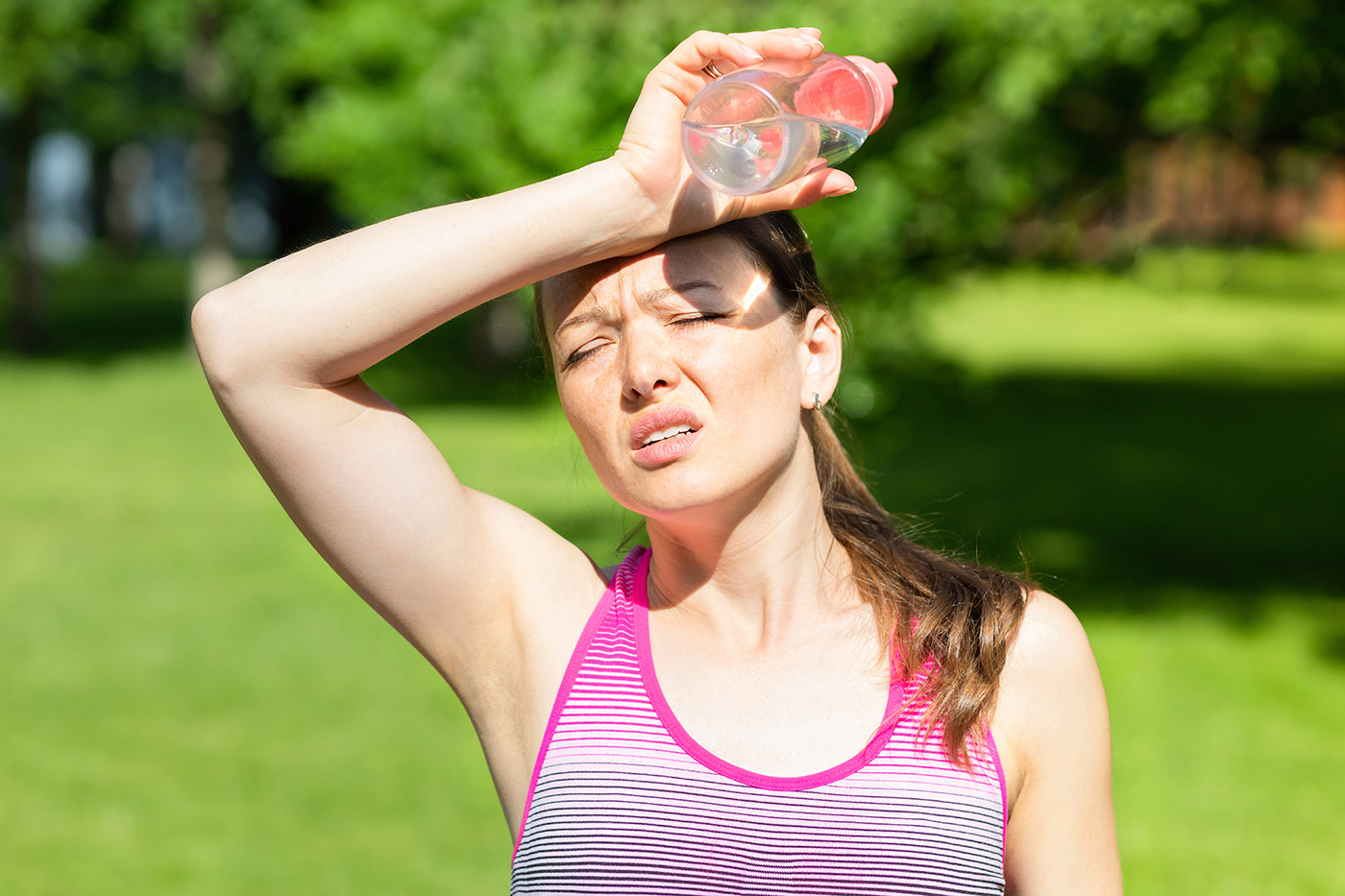Staying active is essential for health, but exercising in high temperatures can pose serious risks. To avoid heat-related illnesses, it’s important to take preventive steps and recognize early warning signs.
By MTT Team
Here are some effective strategies to help you exercise safely in hot conditions:
Choose Cooler Times for Outdoor Activities
Plan your workouts for the early morning or late evening when temperatures are typically lower. Aim to finish outdoor exercise before 9 a.m. or start after 7 p.m. Avoid strenuous activity outdoors when temperatures exceed 90°F.
Take Frequent Breaks
Regular rest is crucial, especially for children, who may not realize when they need to pause or hydrate. A good rule is to rest for at least 10 minutes every hour. Older adults, young children, and those with lower fitness levels may need more frequent breaks, particularly in the heat.
Hydration is Key
Start hydrating before you begin exercising. Drink a full glass of water or a sports drink ahead of time. Children should be encouraged to drink fluids often, even if they don’t feel thirsty.
Athletes should consume at least two large glasses of fluids two hours before competing. Water is ideal, but sports drinks and fruit juices can help replenish lost electrolytes and energy. Avoid alcohol and caffeine, which can cause dehydration.
During exercise, try to drink 5 to 10 ounces of fluid every 15 minutes. For extended activities lasting several hours, choose sports drinks over water to replace salt and energy.
Dress Appropriately
Wear light-colored, breathable, and loose-fitting clothing. A hat can shield your head, face, and neck from the sun.
Athletes wearing heavy uniforms, like football players, face greater risk and should increase both rest and hydration.
Spectators are also vulnerable to heat. Light clothing, wide-brimmed hats, and regular sunscreen application can help protect from both heat and sun exposure.
Recognize and Respond to Heat-Related Illnesses
Heat-related conditions can escalate quickly. Be alert for symptoms and act immediately. The most common conditions include:
Muscle Cramps
Often affecting the legs or abdomen, these result from salt loss due to heavy sweating. Rehydration, stretching, and rest usually help. Drinks with added salt or electrolyte-replenishing sports beverages can prevent cramps.
Heat Exhaustion
This is an early stage of heat stroke. Symptoms may include:
- Fatigue
- Weakness
- Nausea
- Lightheadedness or fainting
- Cool, clammy skin
- Flushed or pale face
Move the person to a shaded area, offer cool fluids, loosen clothing, sponge with cold water, and use fans if available. If symptoms persist or worsen, seek medical assistance.
Heat Stroke
This is a medical emergency. The body can no longer cool itself, leading to dangerously high internal temperatures. Signs include:
- Dry, hot skin (no sweating)
- Confusion or agitation
- Blurred or double vision
Call for emergency help immediately. Meanwhile, keep the person lying down and continue efforts to cool them—such as removing extra clothing, applying cool water, and using fans—until medical professionals arrive.
